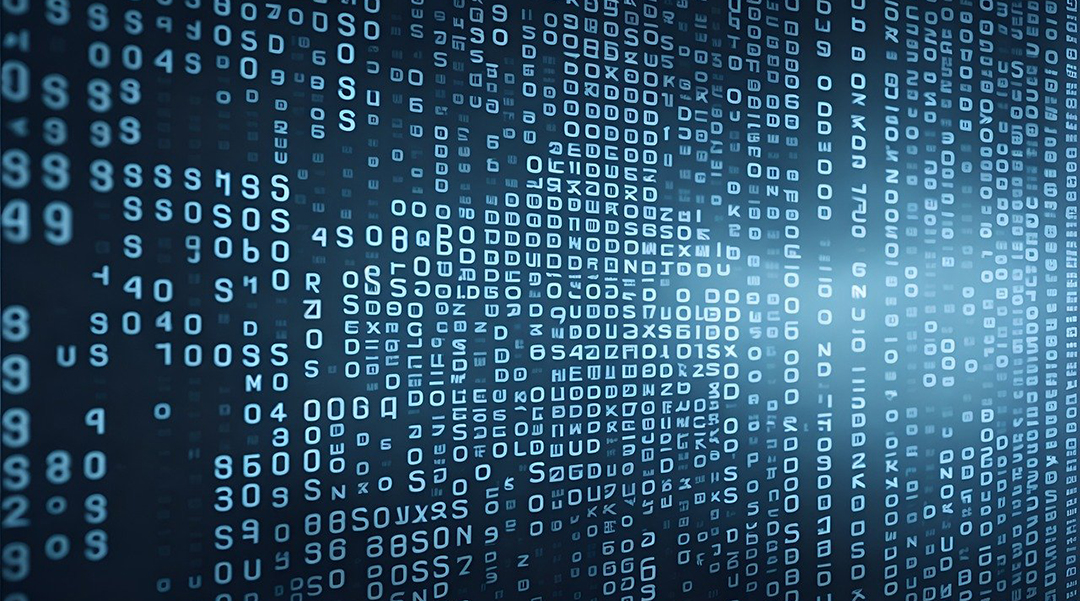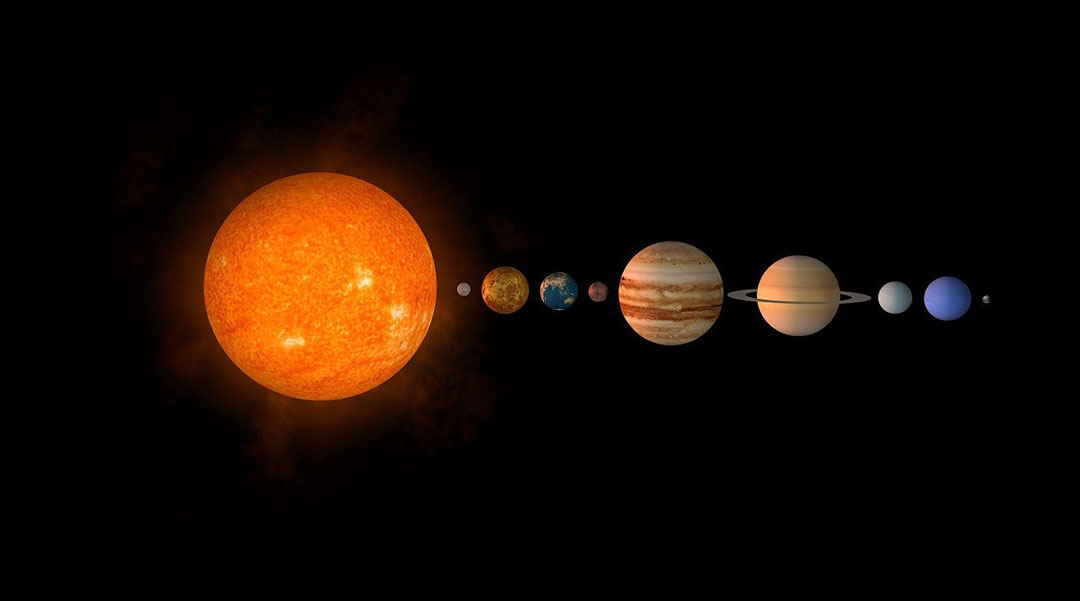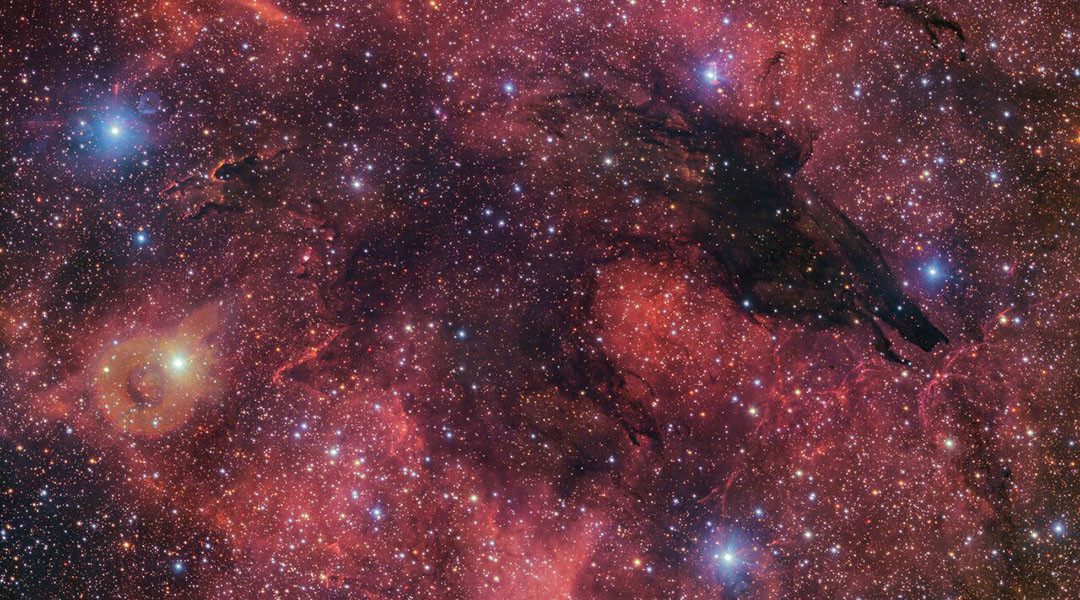Transparent solar concentrators capture the Sun’s energy, making windows and building facades more energy-efficient and sustainable.



Transparent solar concentrators capture the Sun’s energy, making windows and building facades more energy-efficient and sustainable.

Small primordial black holes could have consumed the interiors of planets or asteroids, leaving their outer shells intact.

Researchers have developed a new method to benchmark quantum computers by measuring their ability to create entangled qubit states.

Scientists are using crystal imperfections to generate secure encryption, paving the way for quantum-resilient data protection.

Metasurfaces to detect terahertz radiation are making spectrometers smaller, lighter, and more efficient for space travel.

An ancient magnetic field drew matter inward and helped form our solar system’s planets, moons, and asteroids.

Links to observational data may have revealed the nature of magnetars and the origins of their extreme magnetic fields.

Dark matter may be gathering in dense clouds around neutron stars, potentially making it easier to observe it from Earth.

This image of a dark nebula creates the illusion of a wolf-like silhouette against a colorful cosmic backdrop.

Machine learning is bringing forth the future of secure communication, swiftly identifying single photons that hold the key to quantum tech.